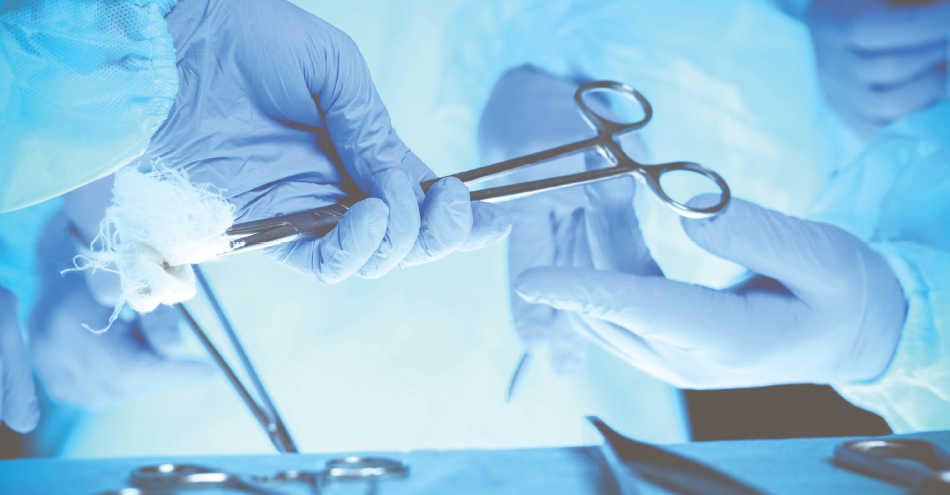The global surgical equipment market is expected to reach $16.9 billion by 2024, according to a report from ResearchAndMarkets.com. The report states that the market is expected to see a 7.3% compound annual growth rate (CAGR) during the forecast period.
Road accidents are expected to be a major factor influencing market growth. According to the Association for Safe International Road Travel, nearly 2.35 million people are injured every year in road accidents. The introduction of electrosurgical instruments has contributed to the growth of the surgical instruments market, which is expected to drive the market during the forecast period, according to the report. Additionally, a growing trend for minimally invasive surgeries, such as electrosurgery, will add to market growth. Wound injury management is also commonly conducted with surgical sutures in cases of accidents. Thus, the demand for surgical equipment is expected to grow during the forecast period.
Grand View Research also reports continued growth.
The global surgical instruments/equipment market is anticipated to reach a value of $20.3 billion by 2025, according to a report by Grand View Research Inc. The firm also suggests that an increasing number of minimally invasive surgeries across the globe should accelerate market growth.
“Treatment of chronic diseases often require surgeries. Rising prevalence of chronic diseases, such as, cardiovascular and neurological disorders is adversely impacting the society. Surgery is considered as the primary mode of treatment for patients suffering from such diseases, thereby, giving rise to more number of surgical procedures being conducted. Minimally invasive surgeries are also highly adopted by surgeons for treating several heart disorders,” according to Grand View Research.
The report also states that electrosurgical equipment is anticipated to witness attractive growth over the forecast period due to an increase in minimally invasive surgeries. Plastic and reconstructive surgeries are expected to show lucrative CAGR in the coming years.
Asia Pacific is expected to show the fastest growth over the forecast period owing to the rising number of road accident cases in India.
The forecasted growth of the global surgical equipment market should also boost the growth of the surgical instrument transport and storage market.
Acumen Research and Consulting recently announced a research study on the surgical instrument tracking systems market.
The establishment of a distinctive scheme of object identification (UDI) through the Food and Drug Administration (FDA), is one of the key variables driving the development of operative instrument tracking systems, according to Acumen.
“The surgical device tracking systems have several advantages. It was used earlier only in the management of the instrument count sheet and in certain fundamental tools traceability. The use of tracking systems has, however, become more extensive with the introduction of technology. The introduction of 2D barcodes has allowed sterile processor employees to identify tools more correctly and also assist to develop a solid history of the use of each tool,” the report states. “The data enables the employees to determine if the tool requires repair. The identification of the radio frequency (RFID) in medical facilities enables to define and monitor the device. The use of RFID tags and operational follow-up solutions can automatically monitor critical devices in health care organizations and guarantee that the right, suitable instruments for each operation are accessible.”
Under key findings, the report states that an increased acceptance of surgical instrument tracking systems for stock management and their capacity to improve patient security, will contribute to market growth.
The projected growth of this market is another indicator that the surgical instrument storage and transport market should receive a boost in coming years.










